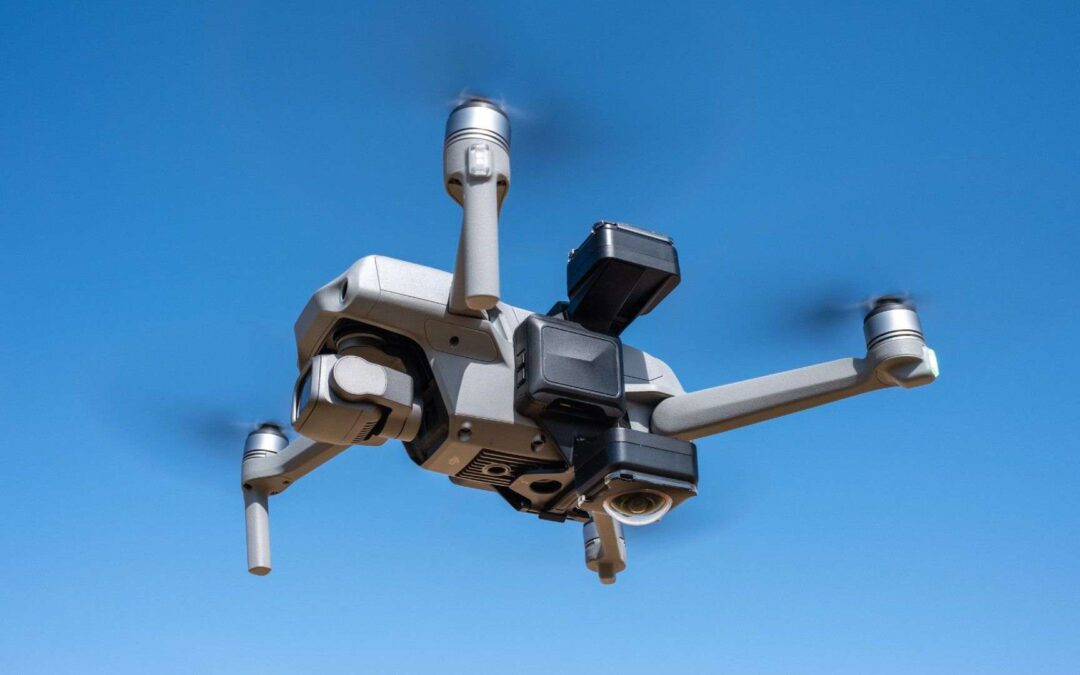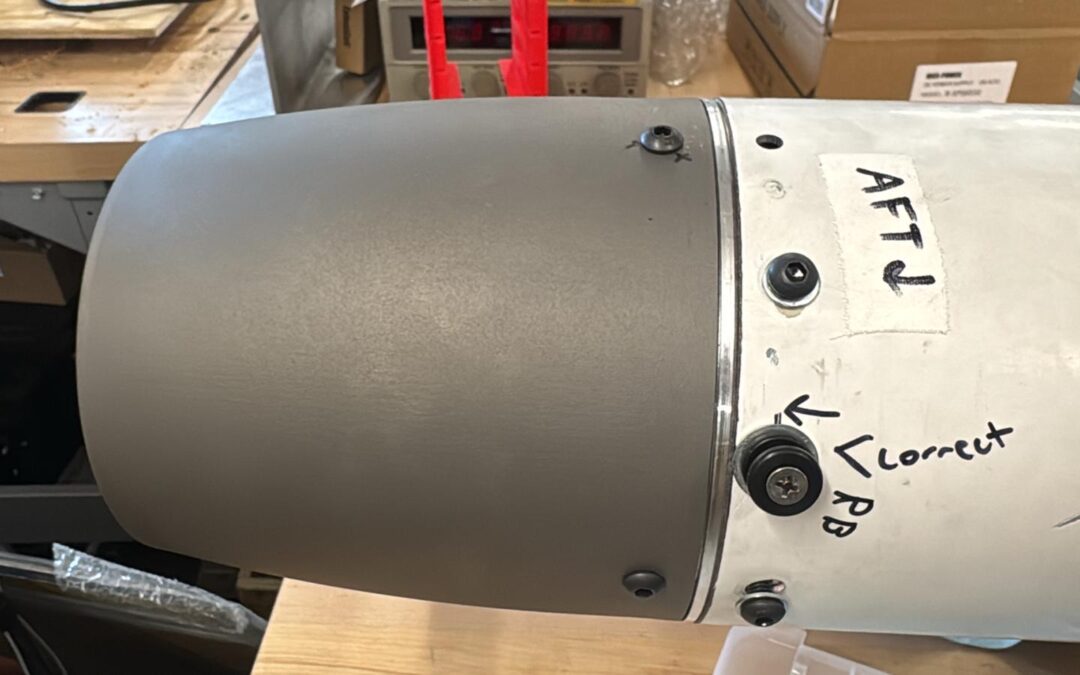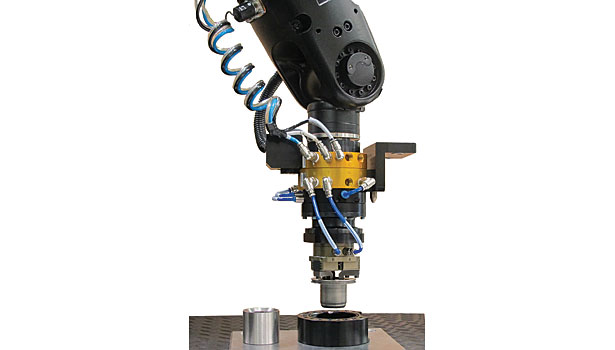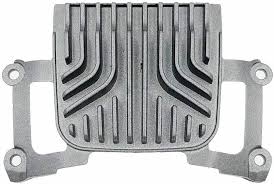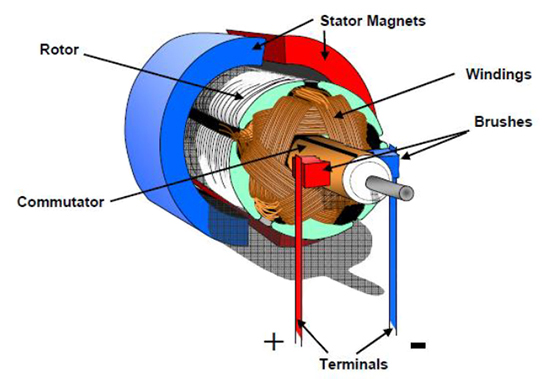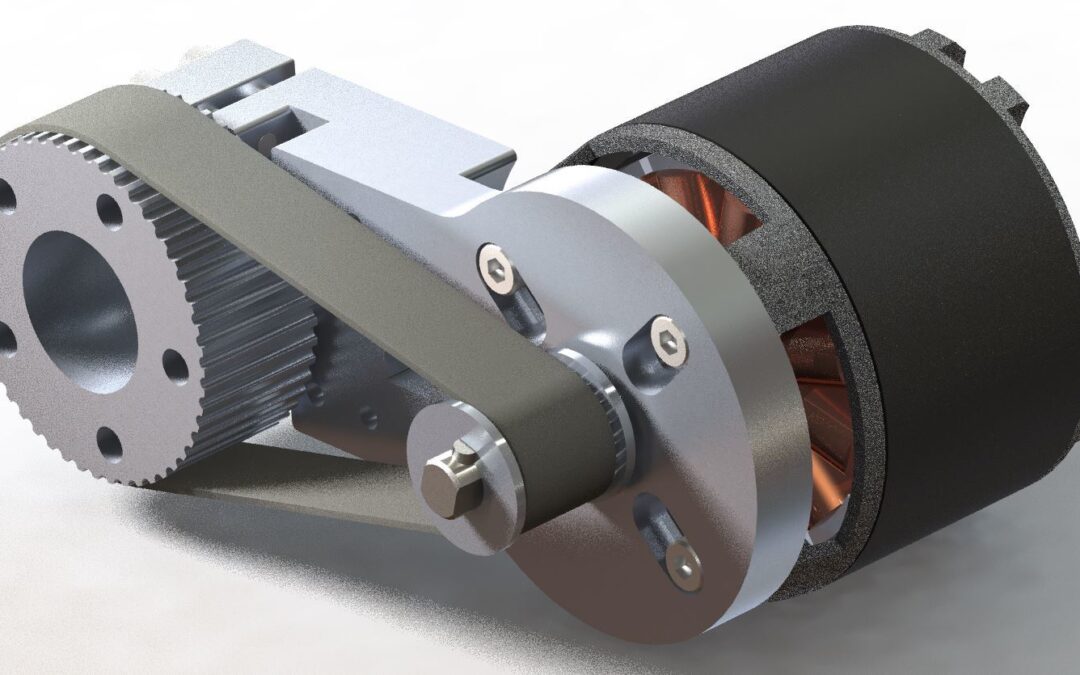As one of the best 3D printing methods, SLS builds many high-quality products and unique design aesthetics.
Hope this article can help you find the best SLS service.
What is Selective Laser Sintering? How SLS 3D Printing Works?

Selective Laser Sintering (SLS) is a type of additive manufacturing technology. It uses a high-power laser to sinter small particles and powdered material(typically plastic or metal) into a solid 3D object.
Manufacturers regard SLS as one of the variants of powder bed fusion 3D Printing technology. This technology is popular for its ability to create complex geometries and functional prototypes.
Variety of SLS Materials Used in SLS 3D Printer
In this manufacturing method, a variety of materials can be used to create three-dimensional objects layer by layer.
Polyamide (Nylon): One of the most commonly used materials in SLS due to its durability, flexibility, and strength.
SLS nylon is ideal for producing functional prototypes, end-use parts, and complex geometric shapes.
Thermoplastic Elastomer: Offers a balance of toughness and flexibility.
TPE is often used in applications requiring elasticity and impact resistance.
Metal powders: Such as aluminum, stainless steel, and titanium.
These powders produce parts with high strength and heat resistance.
Ceramic powders: Create objects that require high-temperature resistance and chemical inertness.
Carbon fiber-reinforced plastics: Make SLS parts with strength and lightweight.
Selective Laser Sintering Process
This process begins with a 3D model being sliced into thin layers, with each layer being sent to the SLS machine.
The machine then spreads a thin layer of powder material evenly across the build platform.
It allows the laser to selectively fuse powdered material based on the sliced layer pattern.
Once a layer is completed, the build platform is lowered by one layer thickness.
Then, the whole process is repeated until the entire SLS polymer part is complete.
Advantages of SLS 3D Printing Technology

In industrial manufacturing, there’s no good or bad about technology itself, just suitable or not.
In the next two parts, we’ll see the advantages and disadvantages of selective laser sintering and how it affects the 3D printing industry.
High Level of Accuracy and Precision
SLS offers accuracy and precision, making it ideal for creating intricate and detailed parts.
The laser sintering process melts and fuses fine powders, resulting in parts with smooth surfaces and tight tolerances.
Wide Range of Materials That Can be Used
One of the key advantages is the versatility of SLS materials(from plastics and composites to metals and ceramics).
SLS allows for the creation of parts with a variety of properties, ranging from flexible and durable to heat-resistant and conductive.
Allows for The Creation of Functional Prototypes and End-Use Parts
Furthermore, SLS allows the creation of functional prototypes and plastic parts.
By using production-grade materials, manufacturers can test the durability and performance of their designs before going into full-scale production.
Disadvantages of Selective Laser Sintering

Apart from advantages, laser selective sinters also have their limitations and some inevitable weaknesses.
In this part, I’ll analyze them for you and help you understand what scenarios are not perfect for SLS.
High Cost of SLS Printer
The initial investment in purchasing an SLS machine can be prohibitive for many businesses(Especially small enterprises).
This can make it difficult for companies to adopt SLS technology for rapid prototyping or small-scale production.
Limited Size of Objects
SLS has constraints on the maximum size of objects that can be printed. This limitation is pretty bad news for industries that require large-scale production or oversized parts.
This can limit its versatility and applications in certain industrial 3D printing.
SLS Post-processing requirements
SLS requires post-processing operation to achieve the desired quality and finish of the printed objects.
This can involve additional time, resources, and costs to smooth out the surface finish, remove excess powder, or strengthen the parts.
Applications and SLS Printed Parts
SLS has a wide range of functional applications in 3D manufacturing,
In this part, we’ll see how industrial SLS systems work and the 3D-printed parts produced with SLS.
In Automotive

SLS revolutionized the automotive industry. Manufacturers can quickly test new designs and make adjustments before mass production.
SLS creates lightweight and durable parts for vehicles, reducing overall weight and improving fuel efficiency.
In Aerospace

SLS creates complex and high-performance components for aircraft and spacecraft.
The ability to produce parts with intricate geometries and high strength-to-weight ratios makes SLS an ideal manufacturing method for aerospace applications.
From engine components to structural parts, SLS has helped advance aerospace technology.
In Medical

SLS makes many production of custom implants and prosthetics in the medical field.
Medical professionals can create personalized implants that fit perfectly and improve patient outcomes.
SLS also creates surgical tools and equipment. These products are lightweight, strong, and precise, makeing surgeries safer and more effective.
Conclusion of Using SLS 3D Printing Services

In conclusion, Selective Laser Sintering is a powerful additive manufacturing technique that shows unique advantages.
This printing method is a valuable tool for industries ranging from aerospace and automotive to healthcare and consumer goods.
Naturally, there are shortcomings and inapplicability areas with this technology. Therefore, manufacturers should choose how to employ it according to their specific demands.
Where Can I Get Good 3D Printed Parts?
Are you looking for a 3D-printed part produced by SLS? It’s not that difficult, since SLS is pretty simple for XMAKE.
Apart from SLS, we can also handle 3D systems to do many different processes, including but not limited to metal 3D printing, direct metal laser sintering, and selective laser melting!
FAQS
Q1: How does SLS differ from traditional methods like injection molding?
A: SLS 3D Printing does not require molds like injection molding. Instead of injecting molten material into a mold, SLS builds objects layer by layer by selectively fusing powdered material with a laser.
Q2: How does the process of SLS work?
A: In this 3D printing process, a CO2 laser is used to scan and selectively fuse thin layers of powdered material, typically plastic, together. The laser then traces the shape of the object onto the powder bed, layer by layer, until the entire object is created.
Q3: What are the advantages of utilizing a laser in SLS 3D Printing?
A: By utilizing a laser in the SLS process, manufacturers can achieve precise control over the melting temperature of the polymer, allowing for accurate and detailed prints.
Q4: What are the requirements for SLS builds in terms of design complexity?
A: SLS is a great option for creating complex geometries and intricate designs due to its layer-by-layer fabrication process. It can produce parts with intricate features and internal structures that are not easily achievable with traditional manufacturing methods.
References
- Team, D. T. a. C. U. (n.d.). An introduction to the nine materials available for SLS molding technology DF Creator Community. DF Creators Community – Sharing the Joy of Creating. https://mc.dfrobot.com.cn/thread-2753-1-1.html
- SLS 3D Printing Technology and Applications. (n.d.). https://www.laserfair.com/yingyong/202008/30/77573.html
- 3D Printing Technology Reference, & D Printing Technology Reference. (2020, August 12). The Evolution of SLS: New Technologies, Materials and Applications. 3D Printing Technology Reference – Additive Manufacturing, Spotlight on Specialty. http://amreference.com/?p=11493


